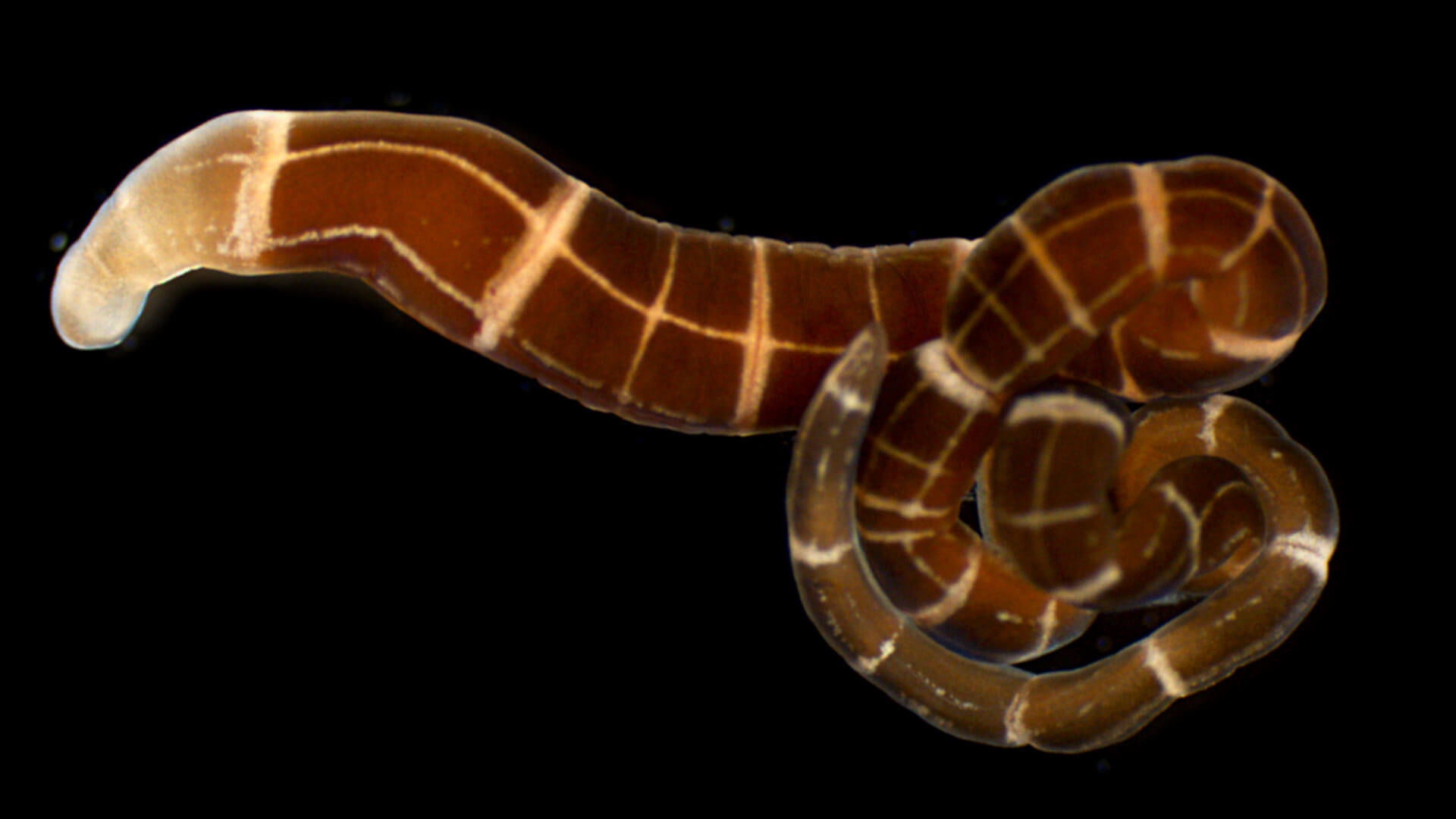- March 07, 2019
- By Kimbra Cutlip
We’ve all got some kind of regenerative capability. Humans can regrow lost skin, for instance, and creatures like salamanders and spiders can restore whole limbs.
Producing a new head, however, is truly a crowning achievement. Some species are capable of it, but head regeneration was believed to be an ancient trait that emerged hundreds of millions of years ago and that most animal lineages have lost through evolution.
But new research from Alexa Bely, an associate professor of biology at the University of Maryland, along with colleagues from the Smithsonian (including Eduardo Zatara Ph.D. ’12) and other institutions has turned that conventional wisdom on its, well, head.
A study published yesterday in the Proceedings of the Royal Society B demonstrates that the ability to regenerate an entire head (including a brain) after amputation is not so ancient a trait. For some species, it appears to have developed within a timeframe measured in tens of millions of years—relatively recent in evolutionary history.
In a survey of 35 kinds of marine ribbon worms, they discovered four capable of regenerating a head that were not previously known to do so, and they showed that the last common ancestor of all ribbon worms was unable to regrow a head. One of the species maybe have developed the ability as recently as 10 million years ago.
The findings could lead to a greater understanding of how regenerative abilities evolve.
“This means that when we compare animal groups, we cannot assume that similarities in their ability to regenerate are old and reflect shared ancestry,” Bely said. “We need to be more careful when comparing regeneration findings across different groups of animals.”
To conduct the study, the researchers collected ribbon worms along coasts of the U.S., Argentina, Spain and New Zealand from 2012 to 2014. They performed regeneration experiments on 22 species, bisecting them front to back and observing their ability to regenerate. They obtained information on 13 other marine ribbon worm species from previous studies.
All were able to restore themselves to complete individuals by re-growing back ends. Only eight species could regrow their heads and restore an entire individual from just the back portion of the body. Four of these were known from previous studies and four were new.
More surprising to the researchers than the number of ribbon worms that could re-grow heads was that the majority could not. Studies from the 1930s of the ribbon worm Lineaus sanguineus showed it to be a champion of animal regeneration, with the ability to regrow a whole body and head from the equivalent of just one two-hundred-thousandths of an individual. (That’s like re-growing a 150-pound person from just 0.012 ounces of tissue or roughly 1/16th of a teaspoon). Because of that, the entire phylum, Nemertea, had a reputation as “super regenerators.”
The natural assumption was that it was an ancient trait passed down from a common ancestor. However, with their survey of 35 species, the researchers reconstructed the evolutionary pattern of regeneration across the phylum and found it to be a more recently evolved ability.
“The ancestor of this group of worms is inferred to have been unable to regenerate a head, but four separate groups subsequently evolved the ability to do so,” Bely said. “One of these origins is inferred to have occurred just 10 to 15 million years ago.”
In evolutionary terms, that’s recent history, given that regenerative abilities are thought to have first evolved before the Cambrian Period more than 500 million years ago.
Topics
Research